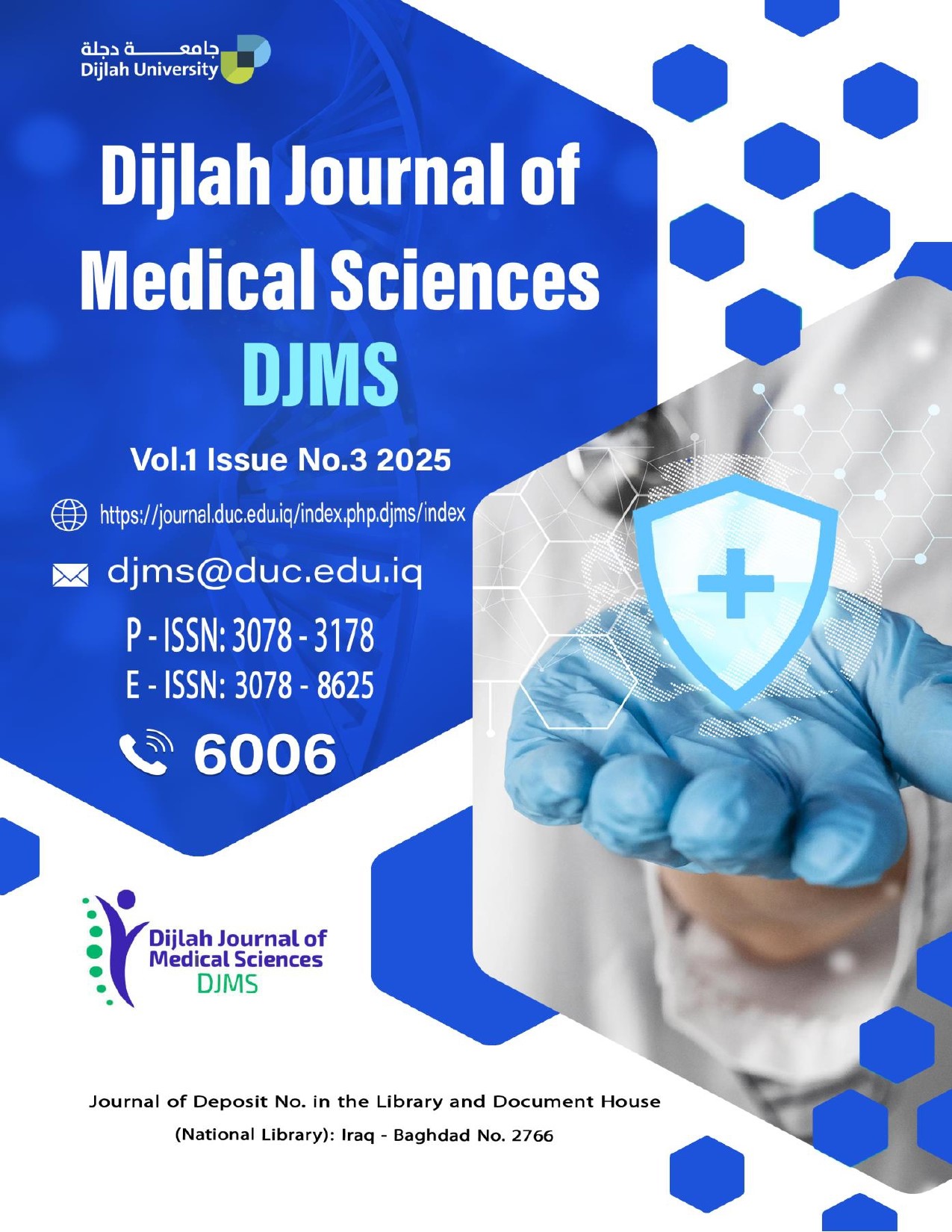pdf Histopathology of Brain Tissues of Male Rats in Experimentally Induced Oxidative Stress and the Protective Aspects of Apigenin
Dr. Kahtan Ahmad Al Mzaien, Mohammed Ibrahim Al Rawi, Aous Kahtan Al Mzaien and Omar Hussein Khalaf
DOI:
https://doi.org/10.65204/DJMS-HBT-MRKeywords:
Oxidative Stress, Free Radical, Apigenin, Brain TissueAbstract
Despite of the beneficial physiological role of low or moderate concentrations of free radicals at cellular levels, its harmful effects in the onset and or progression of several diseases have been documented by many workers.
Hydrogen peroxide used as an experimental source of highly reactive hydroxyl radical and it is considered the main oxidative stress inducer. In the current study the brain`s histological changes of male rats exposed to 0.75 % H2O2 in the drinking water and the impact of apigenin as protective agent have been investigated.
Histological sections of the brain post 4 and 8 weeks of H2O2 treatment showed marked degeneration and necrosis of Purkinje cells that characterized by eosinophilic cytoplasm and absence of the nuclei. Congestion and perivascular cuffing of inflammatory cells mainly neutrophils were also seen in the pia mater compared to the animals of negative control and bultylated hydroxytoloene (BHT) treated groups.
Interestingly, histological results demonstrated less or no significant lesions in H2O2 treated groups administrated apigenin in both forms aglycone and glycosidic forms suggesting the potential neuro-protective effect of apigenin as antioxidant with a clear priority to the apigenin in aglycone form. Moreover, these results may provide promising therapy against oxidative stress complications such as brain damage.

